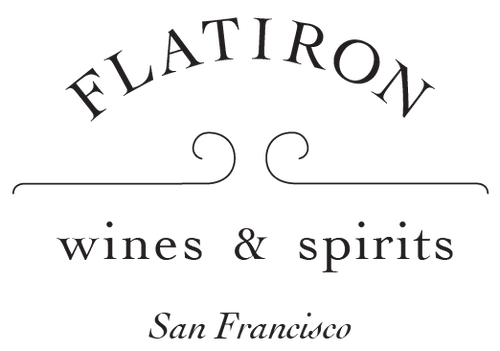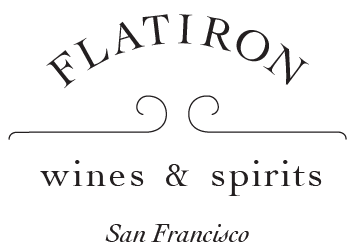Clement Lavallee
Clement Lavallée learned a great deal working for and alongside Armand Heitz for several years. Clément comes from a long line of grape growers and winemakers. His family is based in and around Chablis and... Read More
Clement Lavallée learned a great deal working for and alongside Armand Heitz for several years. Clément comes from a long line of grape growers and winemakers. His family is based in and around Chablis and the other appellations in the far northern extremes of Burgundy. However, Clément is insatiably curious and was not content to stick around his hometown for too long.
At the young age of 15 he set off to learn about wine in different regions, first in the Cote d’Or with Armand Heitz and then onto French icons Chateaux Margaux and Chapoutier. He finished his traveling wine studies in Australia before returning to Chablis. He quickly learned that he did not want to get in line at the family estate, as he had some very different ideas from his father. So he purchased a couple very small plots and got to work.
Clément knew that he wanted to work his vineyards without any chemicals and employ the biodynamic techniques he learned from Armand and Chapoutier. He also was passionate about making wines with as little intervention as possible while also holding true to expressing terroir transparency.
After a couple of years his Father was clearly impressed with the results, and so passed along an additional 3.5 hectares of vines to him. While Chardonnay is the dominant grape in these parts, Clément also has some excellent holdings of Pinot Noir.
At the young age of 15 he set off to learn about wine in different regions, first in the Cote d’Or with Armand Heitz and then onto French icons Chateaux Margaux and Chapoutier. He finished his traveling wine studies in Australia before returning to Chablis. He quickly learned that he did not want to get in line at the family estate, as he had some very different ideas from his father. So he purchased a couple very small plots and got to work.
Clément knew that he wanted to work his vineyards without any chemicals and employ the biodynamic techniques he learned from Armand and Chapoutier. He also was passionate about making wines with as little intervention as possible while also holding true to expressing terroir transparency.
After a couple of years his Father was clearly impressed with the results, and so passed along an additional 3.5 hectares of vines to him. While Chardonnay is the dominant grape in these parts, Clément also has some excellent holdings of Pinot Noir.


